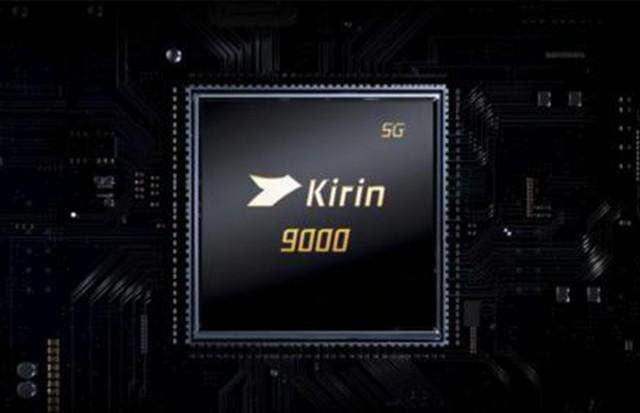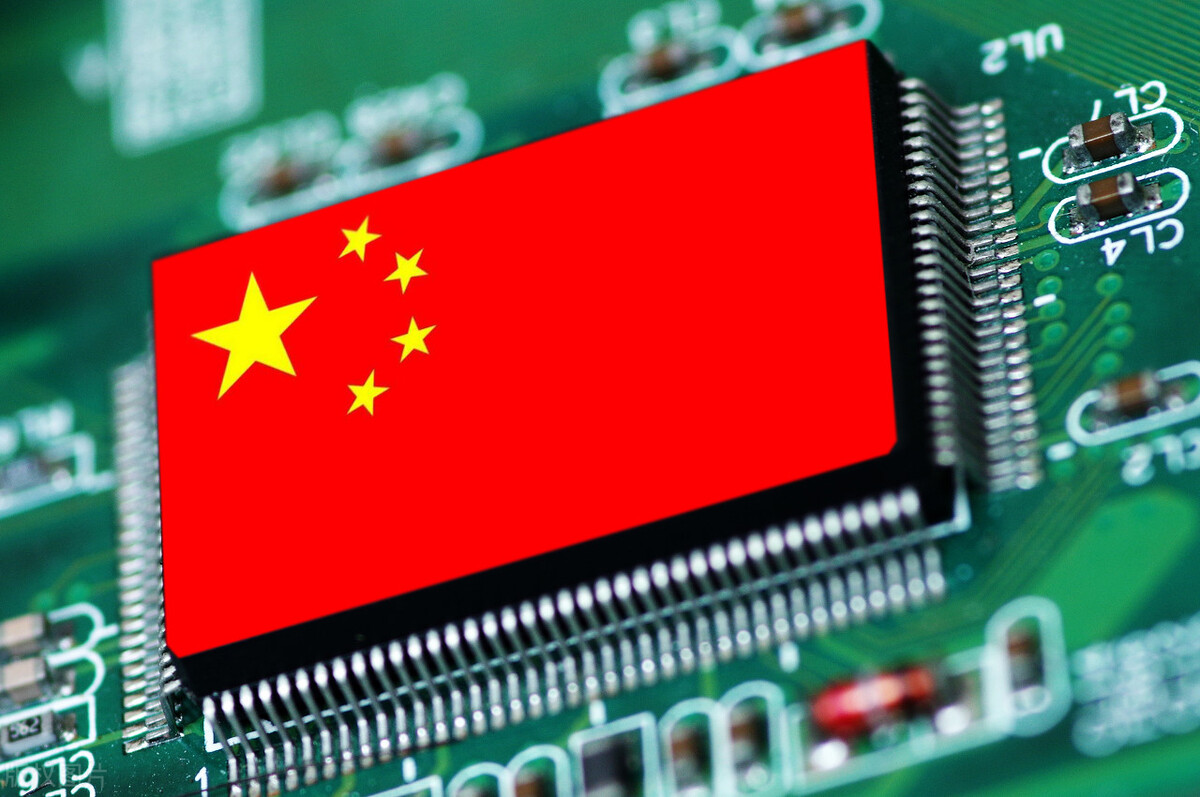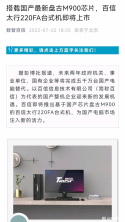@olalavn Sir not only Huawei ENJOY 50 that will use Hisilicon 14nm 3D chiplet BUT P60 as well and its performance is comparable to a 5nm Chip!!!!! TRULY the King had Return in full Glory, long live the King!!!!!
Huawei P60 is scheduled to be released in March 2023. It uses 14nm stacked domestic new Kirin chips. The self-made GPU architecture further improves the performance on the basis of the original chips. It is also equipped with a Qualcomm version. Will it be a turning point for Huawei?
As Huawei's new flagship model, the Huawei P60 series, even though this phone will have a long time to officially appear, but the first batch of Qualcomm Snapdragon 898 chips is a foregone conclusion . After more than a year of research and development, Huawei still cannot Completely solve the chip dilemma.
For the Huawei P60, it is undoubtedly a major disadvantage that it is equipped with a high-performance processor but does not have a 5G network worldwide. Judging from the current renderings of the Huawei P60 Pro on the Internet, the phone is equipped with a 14nm stacking process Kirin chip, and the body In the north, a super-sized lens module is used, and the 108-megapixel main camera will bring a better photo experience.
But judging from the fact that Huawei currently uses a domestically produced 14nm chip with high cost and low production capacity, and adopts a superimposed design, the price of Huawei P60 Pro will not be much lower. It is still using the Qualcomm version. If Huawei wants to completely break away from 4G and enter the 5G track in 2022, it will need to make more efforts.
Combined with the previous criticism of the price of Huawei P50, if Huawei P60 is still a high-priced 4G mobile phone, it will undoubtedly be questioned by many users.
Questions are questioned. What we cannot deny is the capabilities and performance of Huawei p50. Huawei P series, which has always performed well in the flagship model series, is not without price-performance ratio.
The Huawei P50 equipped with the Snapdragon 888 4G processor cannot support 5G networks. Its performance and power consumption are no different from other Android flagship phones equipped with the Snapdragon 888 processor. From the perspective of price comparison, other Androids The price of mobile phones is even more expensive. The price of 5000+ seems to have become the standard configuration of Android's high-end flagship phones, but the overall performance is still better than Huawei.
In terms of images, Huawei P50 has achieved the ceiling of current mobile phones, and I believe that the performance of the P60 series will not be too bad. For users who have been struggling with Huawei's 5G models, perhaps they should think: Is 5G really just needed? Judging from the current mobile phone development, most users still use the 4G network even if they buy a 5G mobile phone. In the next few years, 4G may still be the network signal with the widest coverage.
Regardless of performance, Qualcomm, as a traditional mobile phone chip manufacturer, has undoubtedly strong performance of self-developed mobile phone chips. Rather than eager to use self-developed chips that have not yet been developed, is it a better choice for Huawei to use Qualcomm Snapdragon chips?
This year's Double Eleven, although Huawei's participation is missing, the fierce competition has not diminished in the slightest. Domestic mobile phone manufacturers and Apple have successively eroded Huawei's market share, and Huawei can only rely on a small number of models to maintain its popularity.
Huawei's flagship Mate 50 series, which should have been released long ago, has not been released.

Huawei's Mate50 series, like the P50 series, may use Kirin 9000 and Qualcomm chips mixed together. After all, Huawei's Kirin 9000 in Songshan Hutun will also bottom out.
Kirin 9000 core Mate 50 will support 5G, and Qualcomm chip models are subject to whether the United States will allow domestic 5G radio frequency chips.

Huawei P60 will also be the first mobile phone to be domestically produced from chip manufacturing to various parts. The chip manufacturing chain is fully localized. I don't know what it will be like to see this scene of old beauty. The domestic chip industry will, like China Aerospace, embark on a path with Chinese characteristics.

The United States will regret banning Huawei.
5 hours ago — A wild rumor says that Huawei's 2023 P60 flagship phone will use a 14nm chipset produced by Huawei and called the Kirin 91
Huawei P60 will be released in winter. Will the domestically produced 14nm new Kirin chip be a turning point for Huawei?
2022-07-22 18:25 HKTHuawei P60 is scheduled to be released in March 2023. It uses 14nm stacked domestic new Kirin chips. The self-made GPU architecture further improves the performance on the basis of the original chips. It is also equipped with a Qualcomm version. Will it be a turning point for Huawei?
As Huawei's new flagship model, the Huawei P60 series, even though this phone will have a long time to officially appear, but the first batch of Qualcomm Snapdragon 898 chips is a foregone conclusion . After more than a year of research and development, Huawei still cannot Completely solve the chip dilemma.
For the Huawei P60, it is undoubtedly a major disadvantage that it is equipped with a high-performance processor but does not have a 5G network worldwide. Judging from the current renderings of the Huawei P60 Pro on the Internet, the phone is equipped with a 14nm stacking process Kirin chip, and the body In the north, a super-sized lens module is used, and the 108-megapixel main camera will bring a better photo experience.
But judging from the fact that Huawei currently uses a domestically produced 14nm chip with high cost and low production capacity, and adopts a superimposed design, the price of Huawei P60 Pro will not be much lower. It is still using the Qualcomm version. If Huawei wants to completely break away from 4G and enter the 5G track in 2022, it will need to make more efforts.
Combined with the previous criticism of the price of Huawei P50, if Huawei P60 is still a high-priced 4G mobile phone, it will undoubtedly be questioned by many users.
Questions are questioned. What we cannot deny is the capabilities and performance of Huawei p50. Huawei P series, which has always performed well in the flagship model series, is not without price-performance ratio.
The Huawei P50 equipped with the Snapdragon 888 4G processor cannot support 5G networks. Its performance and power consumption are no different from other Android flagship phones equipped with the Snapdragon 888 processor. From the perspective of price comparison, other Androids The price of mobile phones is even more expensive. The price of 5000+ seems to have become the standard configuration of Android's high-end flagship phones, but the overall performance is still better than Huawei.
In terms of images, Huawei P50 has achieved the ceiling of current mobile phones, and I believe that the performance of the P60 series will not be too bad. For users who have been struggling with Huawei's 5G models, perhaps they should think: Is 5G really just needed? Judging from the current mobile phone development, most users still use the 4G network even if they buy a 5G mobile phone. In the next few years, 4G may still be the network signal with the widest coverage.
Regardless of performance, Qualcomm, as a traditional mobile phone chip manufacturer, has undoubtedly strong performance of self-developed mobile phone chips. Rather than eager to use self-developed chips that have not yet been developed, is it a better choice for Huawei to use Qualcomm Snapdragon chips?
Huawei's new machine P60 breaks the US blockade: new Kirin, 14nm domestic laminated technology
2022-07-22 18:24 HKTThis year's Double Eleven, although Huawei's participation is missing, the fierce competition has not diminished in the slightest. Domestic mobile phone manufacturers and Apple have successively eroded Huawei's market share, and Huawei can only rely on a small number of models to maintain its popularity.
Huawei's flagship Mate 50 series, which should have been released long ago, has not been released.
Huawei Mate 50 series will support 5G
News from the Internet: Huawei Mate 50 series will support 5G, 14nm production line using domestic 14nm production line radio frequency chips, completely free from the US blockade restrictions. I have to say that it is exciting, and it also means that our country is quickly catching up with the international leading technology in the field of chip manufacturing.
Huawei's Mate50 series, like the P50 series, may use Kirin 9000 and Qualcomm chips mixed together. After all, Huawei's Kirin 9000 in Songshan Hutun will also bottom out.
Kirin 9000 core Mate 50 will support 5G, and Qualcomm chip models are subject to whether the United States will allow domestic 5G radio frequency chips.
Huawei P60 new machine will use new Kirin chip
It is said that the new Huawei P60 machine will use the newly developed Kirin chip, which is packaged with a domestic 14nm laminated production process, and the performance is not inferior to the same type of Qualcomm chip. The GPU of the new Kirin is no longer Mali and will adopt Huawei's self-developed, with very strong performance. The use of domestic laminated technology greatly increases the manufacturing cost, and the cost of Huawei's new machine will also be relatively high.
Huawei P60 will also be the first mobile phone to be domestically produced from chip manufacturing to various parts. The chip manufacturing chain is fully localized. I don't know what it will be like to see this scene of old beauty. The domestic chip industry will, like China Aerospace, embark on a path with Chinese characteristics.
Self-reliance and self-improvement
China has made rapid progress in the field of integrated circuit manufacturing. It is believed that it will not take long for China to build an independent and self-reliant integrated circuit manufacturing road.
The United States will regret banning Huawei.
5 hours ago — A wild rumor says that Huawei's 2023 P60 flagship phone will use a 14nm chipset produced by Huawei and called the Kirin 91


